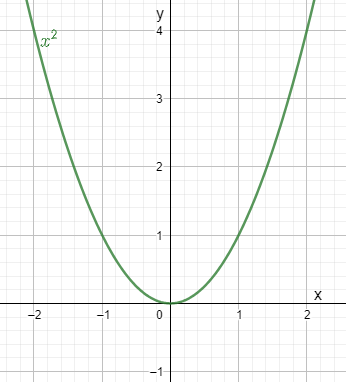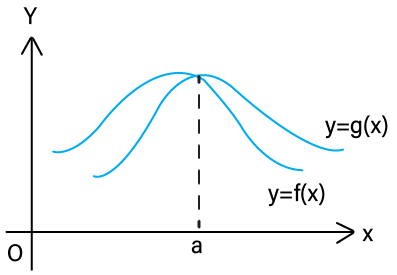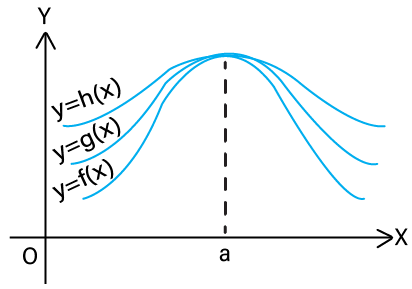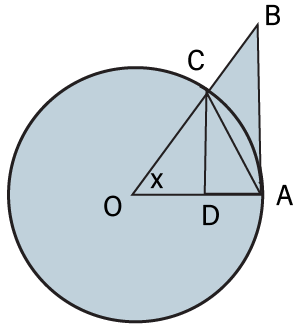Revision Notes for CBSE Class 11 Maths Chapter 12 (Limits and Derivatives) - Free PDF Download
FAQs on Limits and Derivatives Class 11 Notes CBSE Maths Chapter 12 (Free PDF Download)
1. What are some of the real-world applications of the concept of derivatives?
Some examples from real-world where the theory of derivatives is useful are:
Those who maintain a reservoir need to know when it is going to overflow. This is done by measuring the depth of the water in several instances of time.
By knowing the height of the rocket at different instances of time, rocket scientists can compute the exact velocity with which a satellite should be shot out from a rocket.
Financial analysts can predict the changes in the value of a particular stock in the stock market by knowing its present value.
2. What is the sandwich theorem of limits?
The sandwich theorem of limits states that if f, g, and z are real functions where f(x) <= g(x) <= z(x) for all x in the common domain then for a real number p if
3. What is the use of revision notes of Chapter 12 for Class 11 Mathematics?
Students think that notes are only beneficial for subjects like Chemistry or Biology. However, this is not true. For a subject like Mathematics, you need to understand the fundamentals of a given chapter and then proceed on doing the exercises. Notes of Chapter 12 of Class 11 Mathematics help you put the explanations, theorems, and formulas all in one place. This helps you in understanding and retaining the concepts well. Class 11 Mathematics revision notes for Chapter 12 by Vedantu are available on the page Maths Revision Notes for Class 11 at free of cost. You can also download the Vedantu app to access study material for free.
4. Is Chapter 12 of Class 11 Maths easy?
Class 11 Mathematics may seem challenging for some, but it is not extremely difficult either. It requires time, effort, and understanding on a student's part. Two main strategies of doing well in Chapter 12 of Class 11 Maths are understanding the concepts well and getting a lot of practice. Make efforts to understand the concepts well and dedicate a good amount of your time to practice the NCERT questions, sample papers, and previous years’ questions. This would ease the apparent difficulty of the subject.
5. How to ace Chapter 12 “Limits and Derivatives”?
Calculus studies rates of change and continuity of quantities. “Limits and Derivatives” forms about half of calculus. To ace this chapter:
The most important thing is to pay attention in class and understand the concept well. Refer all your doubts to your teachers at the earliest. You can also watch videos for enhanced understanding.
The more you practice this chapter, the more proficient you will be. Practising sample papers and question papers is a must.
6. What is the correct approach to study Chapter 12 of Class 11 Mathematics?
How you perform in a subject largely depends on the approach you take whilst studying the subject. The same goes for maths. To study Chapter 12, follow these strategies -
Have the correct mindset while studying. Don’t be intimated. If something seems difficult, break it down and study in parts.
Work on understanding the chapter's concepts and applications.
Clarify doubts.
Practice a ton.
Refer to extra resources like revision notes, NCERT Solutions, important theorems, and conceptual videos to advance your grasp of the topics.
7. What is the objective of studying limits and derivatives?
Understanding the real-time applications of concepts in Mathematics helps in understanding the chapter well and in turn performing well in the exams. Limits and Derivatives have important applications, not only in advanced Mathematics but also in other streams like Physics and Engineering. They can be used to calculate electric and magnetic fields, finding the rate of change of a quantity, checking temperature variations, etc. You can refer to Vedantu's Revision Notes Chapter 12 to gain a better understanding of the chapter.



























